Poco X4 GT review: a low-priced smartphone with power
The Poco X4 GT continues the Poco trend of offering more gaming power than just about anything else near the price.

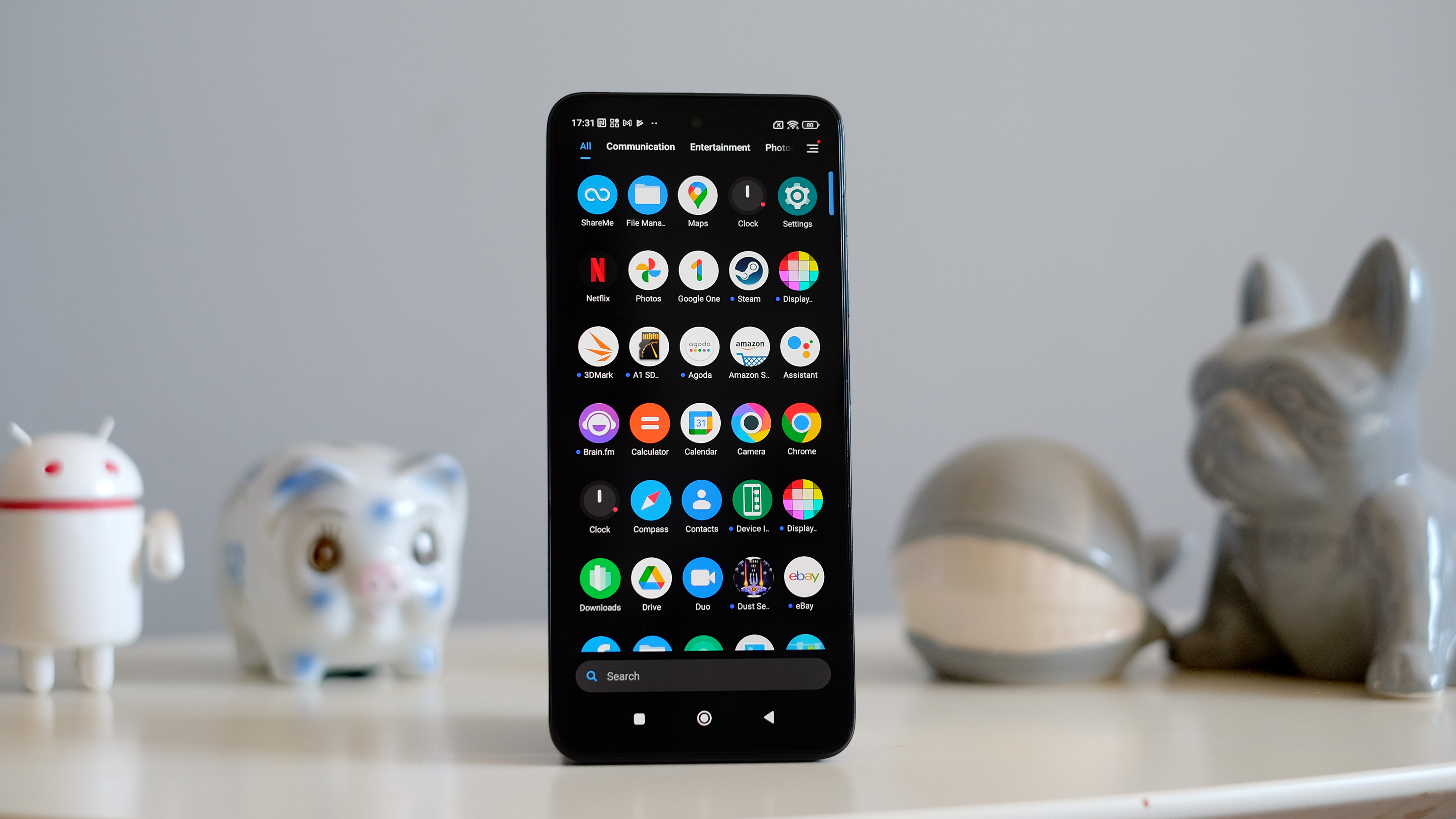
The Poco X4 GT continues the Poco trend of offering more gaming power than just about anything else near the price. Other elements don’t stand out nearly as much — for good or bad — making this a great buy for performance hounds.
-
+
Fantastic power for the cash
-
+
Solid high refresh rate screen
-
+
Stereo speakers
-
-
Basic plastic build
-
-
Cameras are just OK
-
-
Has some interface bugs
Why you can trust T3

This Poco X4 GT review is for anyone who wants a whole lot of power for not all that much money. The Poco X4 GT shares deep roots with the very earliest Poco phones, because at around £290 it is affordable but delivers a gaming experience similar to a flagship Android.
It uses one of MediaTek’s Dimensity 8100 SoCs, a powerful and efficient chipset. Such a singular focus on raw power has predictable knock-on effects. Up against some of the other best cheap phones, the Poco X4 GT camera is not going to challenge a Google Pixel 6a’s. And its plastic shell feels a bit cheap next to the glass-back OnePlus Nord 2T.
However, the Poco X4 GT’s primary camera outperforms some at the price in our opinion, and if you stick on the bundled case the lack of glass and metal doesn’t make any difference anyway. It’s a big hitter, as long as you actually care about graphics power.
POCO X4 GT review: design and display
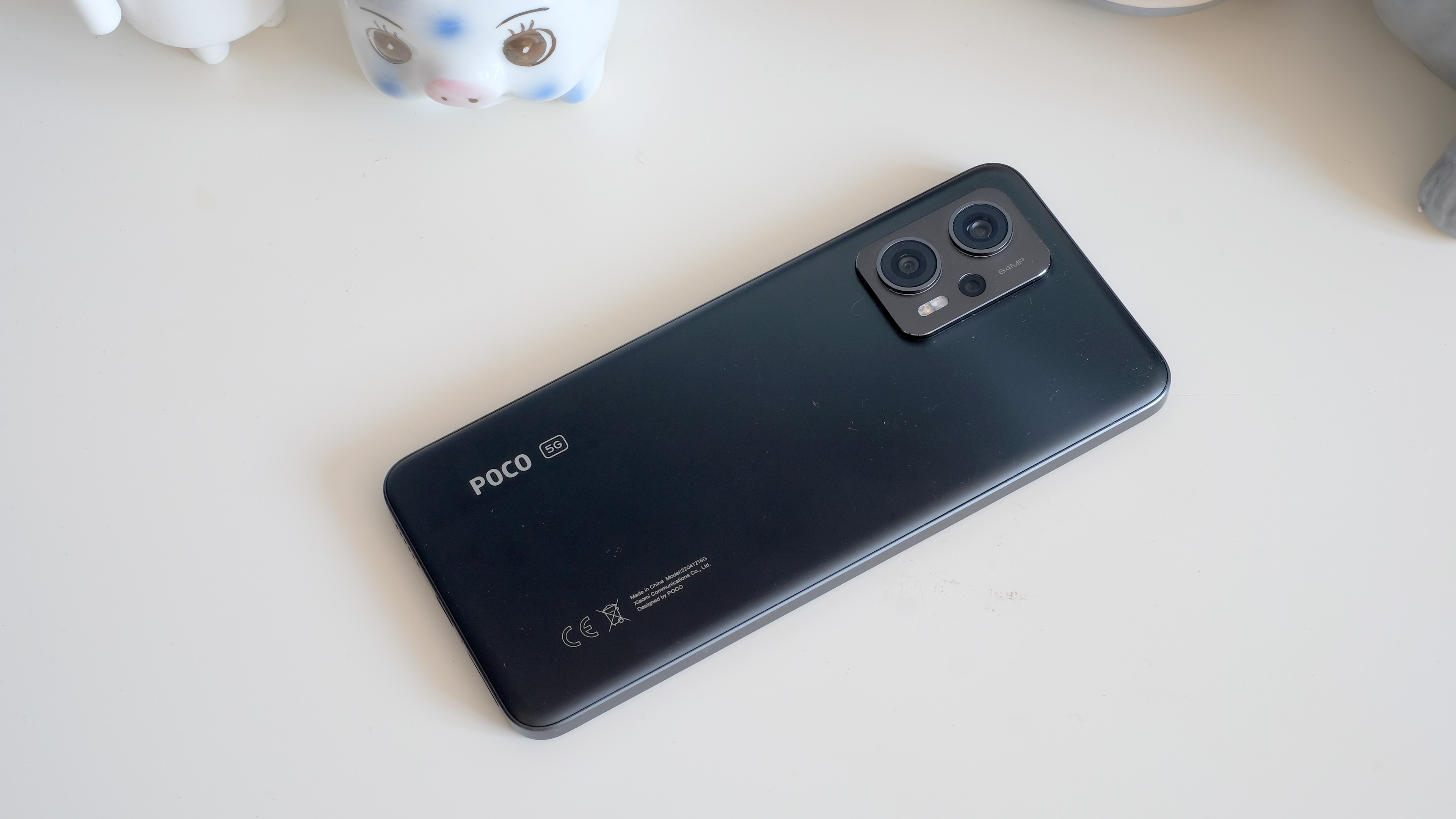
The Poco X4 GT is a lot more plain-looking than most other recent Poco phones. It’s far less of a showoff than the Poco X4 Pro, which has a name so similar you might imagine they’d be identical twins.
It makes more sense when you learn the Poco X4 GT is basically a rebranded Xiaomi Redmi Note 11T Pro, a phone you can’t buy readily in the UK. Redmi Note phones are generally pretty sensible-looking.
The camera all but hides the third lens. The matt glass-style finish on the back is understated. It’s not out to turn heads, and after experiencing the giant text splashed across the back of the old Poco X3 Pro, I’m pretty content with this lower-key approach.
However, like most of the more affordable Poco phones, the X4 GT doesn’t feel like anything too special. Its back and sides are plastic. This is also a reasonably thick 8.9mm phone.
Get all the latest news, reviews, deals and buying guides on gorgeous tech, home and active products from the T3 experts
As long as you hands are large enough to deal with the bulk, I’d suggest you slap on the bundled case. After that you could try to convince yourself the back is made of diamond, for all the difference it would make.
If you just don’t like the idea of a plastic phone, check out the pricier Nothing Phone (1), Pixel 6A or OnePlus Nord 2T instead. All three are at least slightly smaller too.
The Poco X4 GT has a solid set of stereo speakers that are just a little quieter than the best at this level. It also has a 3.5mm headphone jack and a good side-mounted fingerprint scanner. There’s no space for a microSD card inside, but the base model has 128GB storage and there’s a 256GB version if you need more.
Some phones around £300 have OLED screens. The Poco X4 GT does not, but it still has some eye-catching specs.
This is a 6.6-inch LCD screen with a 144Hz refresh rate, even higher than the flagship standard of 120Hz. I can’t tell the difference between this and a 120Hz phone screen, but it does get you that classic smooth-scrolling effect as you dash around Android’s UI. And unlike 120Hz rivals, you can set the screen to both 90Hz and 60Hz.
That middle-rank mode might offer the best combo of smoothness and battery longevity for some.
This screen has rich colour, and good sharpness thanks to its 2400 x 1080 pixel resolution. The way the brightness does not drop off too much at an angle is also a sign this is a top-quality LCD panel.
Watch video on the Poco X4 GT in a dark room side-by-side with an OLED phone like the Moto G82 and you’ll instantly notice the LCD panel doesn’t have those inky OLED blacks. But this comes with the territory.
Maximum brightness is right around the category average at a touch under 600 nits according to my own tests. The display looks reasonably clear outdoors, but slightly higher max brightness would be welcome.
For the money, this is a top screen considering an OLED would probably have pushed the price up further.
POCO X4 GT review: performance and battery life
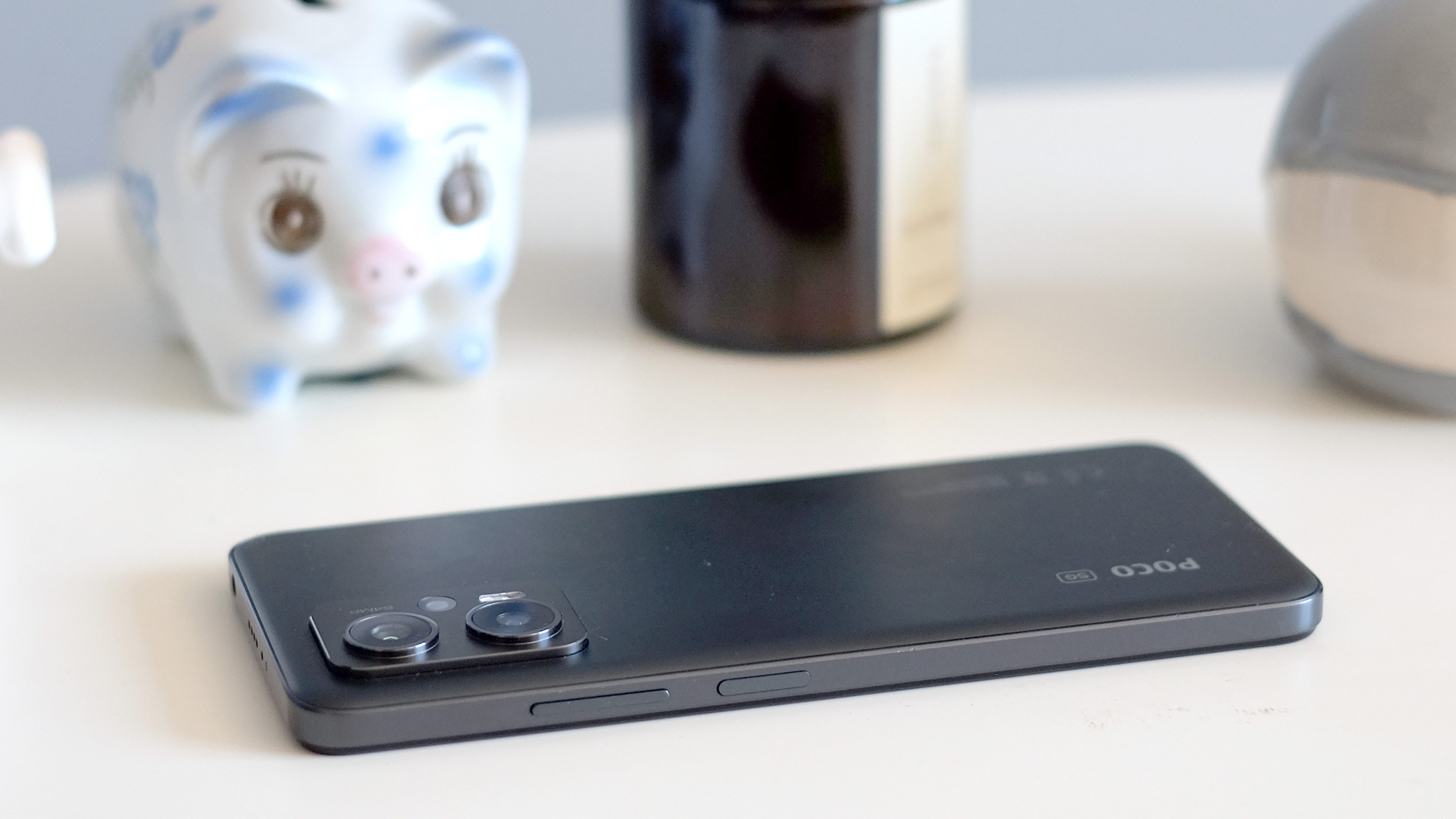
The Poco team clearly saved as many pennies of the budget as it could for the X4 GT’s processor, a MediaTek Dimensity 8100. This sits just one step below the Dimensity 9000 range, and is a fantastic SoC for the money.
In a CPU test like Geekbench 5 it roughly matches the performance of the Snapdragon 8 Gen 1. And while that processor tears ahead in graphics test, the Poco X4 GT can still roughly match the performance of the last-ten Snapdragon 888. And you don’t see one of those in a phone this cheap.
That sort of power means you can comfortably play Ark: Survival Evolved with all settings maxed-out, not something you can say about all sub-£300 phones. It should help the Poco X4 GT age nicely over the years too.
I also saw great performance in Fortnite, with frame rates over 60fps much of the time. However, that game also highlights one of the issues of buying this phone, with this processor. Fortnite throws up a “not officially supported” message on first loading the game. And while this phone has enough power to handle the game’s full gamut of graphical options, because it is not officially supported you can only access the default “Medium” visual preset.
MediaTek support and optimisation in games is much better than it used to be, but the Poco X4 GT is a slighty niche device so you’ll encounter these minor issues every now and then.
General performance is mostly great, as you’d hope. It has a fast SoC, 8GB RAM and fast storage. If it didn’t perform well, it would be a sign something has gone wrong.
However, at the time of review there are a few annoying little software issues. And almost all of them relate to the drop-down menu.
Sometimes the Poco X4 GT’s drop-down display refuses to leave after you’ve pulled it up, hanging out over your apps like an unwanted house guest. That’s a bug. And like other recent Poco and Xiaomi phones, it has a slightly awkward navigation method where you have to flick laterally between the feature toggles and notifications page. That’s a “feature”.
By the time you read this the first part at least may have been fixed.
Drop-down niggles aside the Poco X4 GT’s software is solid enough. It uses MIUI on top of Android 12. The custom interface is too thick to let you appreciate most of the stylistic changes Google made in Android 12, but there’s nothing outright wrong with the look you get here.
The Poco X4 GT comes with a handful of apps pre-installed. Most of it is crapware, including a bunch of games no one asked for. Unlike the last Xiaomi I reviewed, these also include mega-hit Genshin Impact, but having it preinstalled is not much use when you’ll have to update the install to even run the game.
Some people find bloaty apps infuriating, but I find it easier to accept when the price: performance wave the phone rides is so compelling.
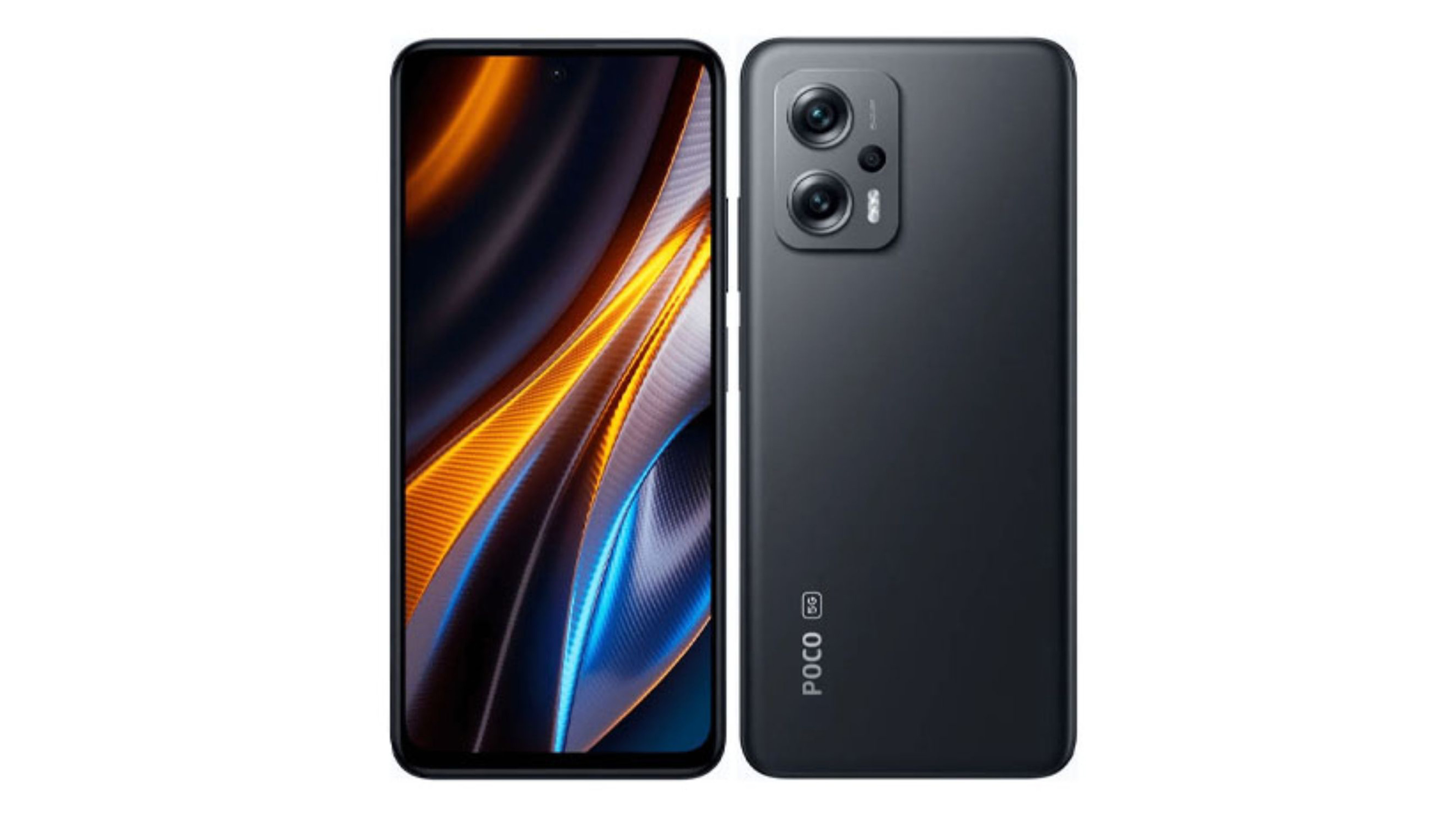
The Poco X4 GT has a large 5080mAh battery and Xiaomi’s excellent 67W fast charging. It can reach 100% charge in 46 minutes according to the blurb, but in a particularly hot and muggy London I found it took a little over an hour. Still, 67W is currently the best you can get at the price.
Emergency charging shouldn’t be too much of an issue here, though, as the Poco X4 GT’s battery life is good. Using the 60Hz display mode I can end up with up to almost 40% charge left by bed time. And when using the full-fat 144Hz mode the phone still does not struggle to soldier through a full day of moderately heavy use.
I’d say the Poco X4 GT is at least slightly above average among 5000mAh-ish capacity phones.
It doesn’t have any of the fancy additional battery, though. The Poco X4 GT does not support wireless charging, or reverse charging.
POCO X4 GT review: cameras
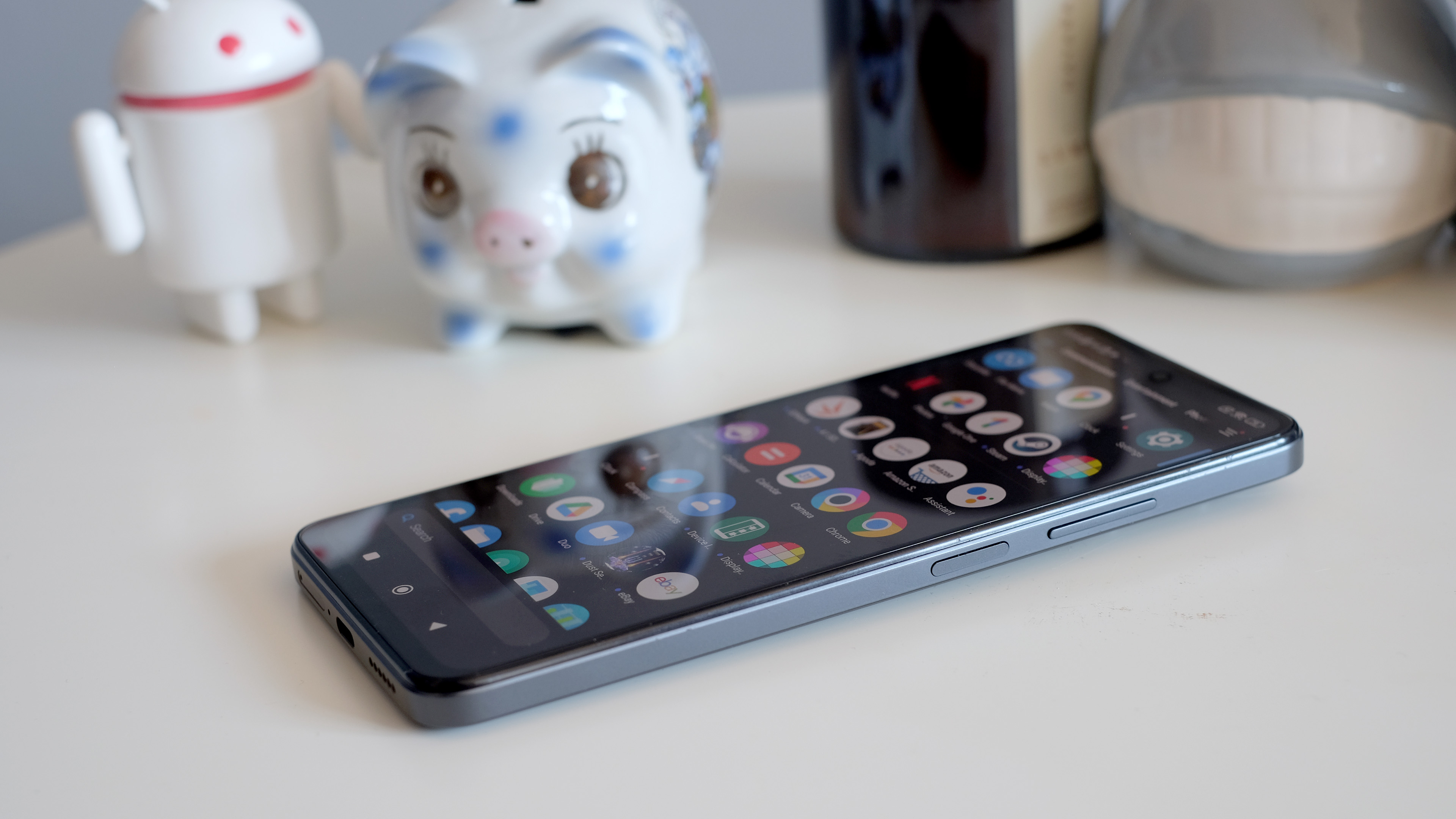
I don’t expect too much from Poco cameras. These phones are usually made for performance, and if the camera has to take a backseat to reach performance goals, that’s fine. You can see some examples of photos taken on the phone below.









I was pleasantly surprised by how many of the Poco X4 GT’s images I actually liked, how rarely it messes up scenes and how well its Auto HDR software tends to correctly handle those scenes 95% of the time.
And while colour accuracy is not spot-on consistently, the richness and saturation of the tones looks decent to my eyes. It’s a little enthusiastic but not comically so. I had a chance to take the Poco X4 GT on holiday, and didn’t end up wishing I took a more capable phone.
But let’s not give this thing too easy a ride. When you shoot, say, under the cover of a tree canopy the Poco X4 GT will usually make its pictures too bright. While fixable, it tends to make them appear slightly washed out.
In these shots in particular, muddy brown paths tend to look way too purple. Magenta casts are very common, and fixing them can take a bit of know-how. Far-off natural textures like grasses and foliage will often look quite processed, almost painted. It’s a fairly common effect in these affordable phones with Samsung camera sensors. And the 2x digital zoom mode is poor.
While the Poco X4 GT’s main camera sensor specs sound pretty good — 64MP and a large 1/1.72-inch chip — the Samsung GW1 sensor used here is not high-end hardware.
Night image quality is OK but largely uninspiring and video isn’t much cop either. While the Poco X4 GT can shoot at 4K resolution, 30 frames per second, or 1080p at 60 frames per second, you won’t want to use either of these modes much of the time.
You only get software stabilisation at 1080p/30, and handheld videos shot at 4K can look almost nightmarishly juddery.
The Poco X4 GT doesn’t have a great camera, but I still think it could have been a lot worse. Its secondary cameras are an 8MP ultra-wide and a 2MP macro. The macro is dreadful, but the ultra-wide can take some shareable images.
Thanks to the relatively low-res, budget sensor you can tell they’re compromised as soon as you look at them on a monitor, but the results are often vibrant and punchy. I’ve also seen far worse softness at the corners of the frame than you get here.
POCO X4 GT review: verdict
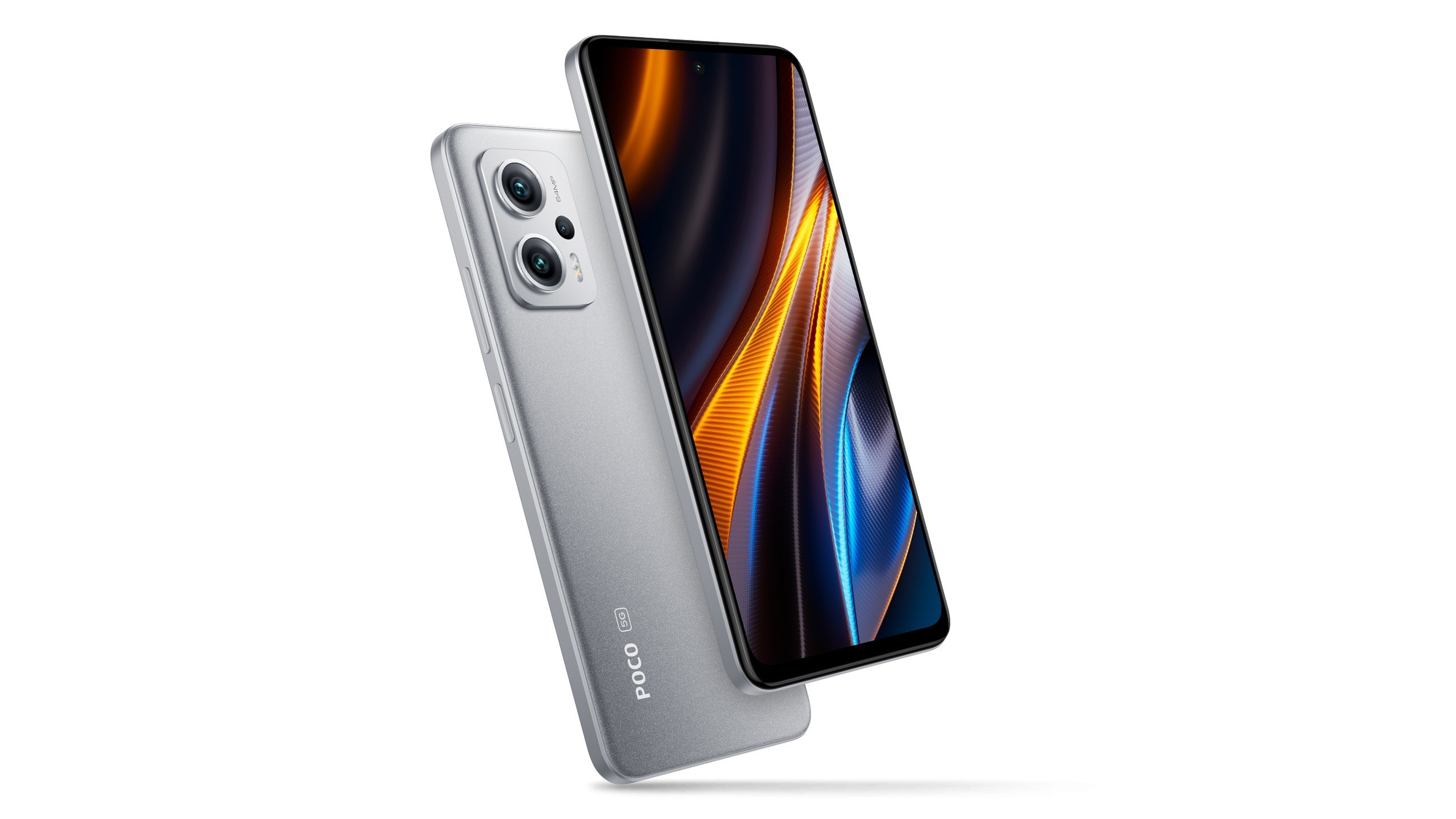
The Poco X4 GT is one of the most powerful phones you can get for the money, making it an obvious pick for those who love mobile gaming — even if better-known models are more likely to get direct developer support.
It has stereo speakers and great fast charging too, Xiaomi’s 67W standard about the best you can get at the price right now.
The Poco X4 GT doesn’t have the most finger-charming build or the greatest camera array in the universe, but to get a dramatic upgrade in either area you have to spend at least a little more money.
POCO X4 GT review: also consider
Moto G82
The closest Moto alternative has a much weaker processor, and its camera images are often a bit less punchy, but image processing is a bit more refined. It also has an OLED screen, which will look distinctly better in dark rooms.
Pixel 6A
For a bit more money you can get the Pixel 6A, which has a better camera and similarly impressive gaming performance. However, the screen is a lot smaller and, well, £110 extra is a lot of cash when you’re shopping to a budget.
The Galaxy A53 is Samsung’s lead rival. This phone has a punchier-looking OLED screen and at least a slightly better camera array. Its original price is far higher at £400, but at the time of review it can be found for much less online. It’s definitely worth a look, but its gaming power is not even close to that of the Poco X4 GT.

Andrew is a freelance tech and entertainment journalist. He writes for T3, Wired, Forbes, The Guardian, The Standard, TrustedReviews and Shortlist, among others.
Laptop and computing content is his specialism at T3, but he also regularly covers fitness tech, audio and mobile devices.
He began writing about tech full time in 2008, back when the Nintendo Wii was riding high and smartphones were still new.